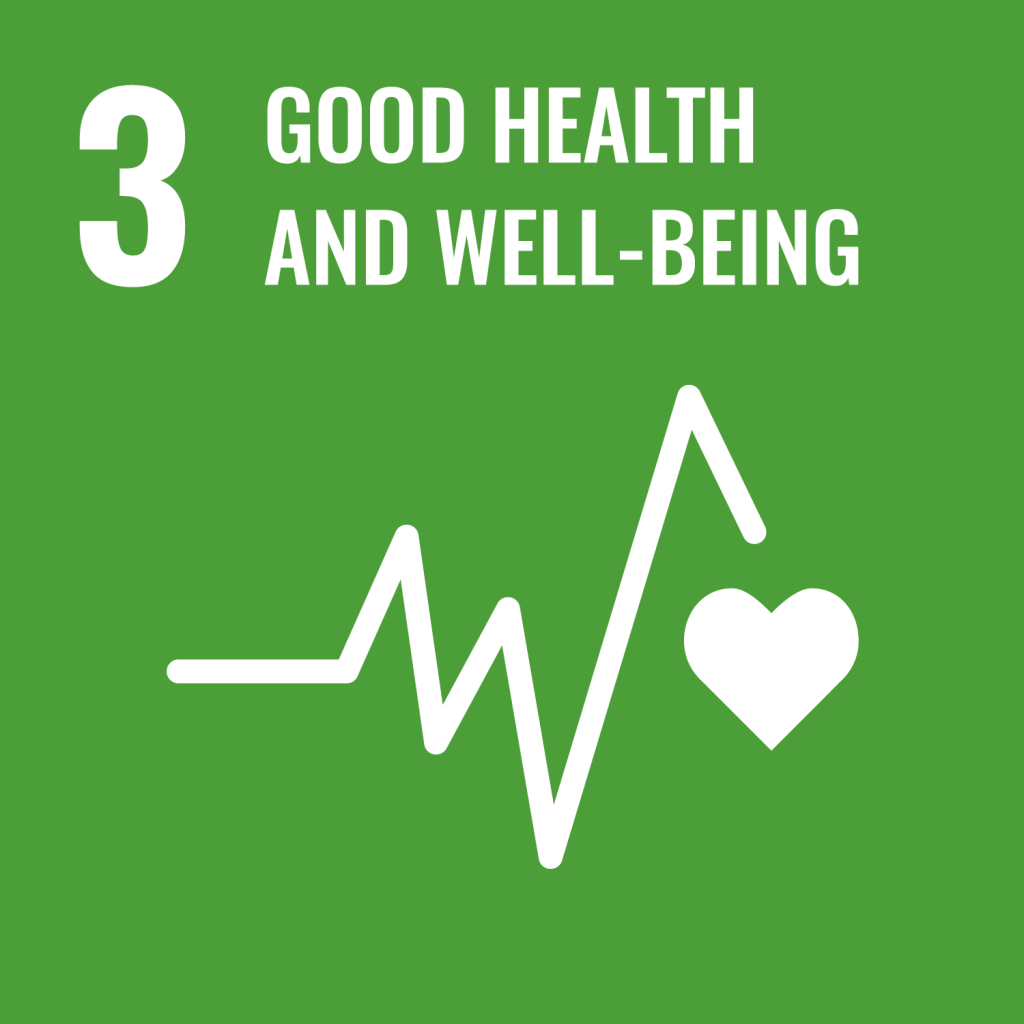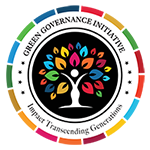GOAL 3:
GOOD HEALTH AND WELL-BEING

The Goal addresses all major health priorities, including reproductive, maternal and child health; communicable, non-communicable and environmental diseases; universal health coverage; and access for all to safe, effective, quality and affordable medicines and vaccines. It also calls for more research and development, increased health financing, and strengthened the capacity of all countries in health risk reduction and management
Fact And Figures
An estimated 303,000 women around the world died due to complications of pregnancy and childbirth in 2015. Almost all of these deaths occurred in low- and middle-income countries, and almost two thirds of those were in sub-Saharan Africa. These deaths are preventable with appropriate management and care. Globally in 2018, 81 per cent of births took place with the assistance of a skilled birth attendant, a significant improvement from 69 per cent in 2012. Coverage of skilled birth attendants in 2018 was only 59 per cent in sub-Saharan Africa.
The probability of dying from any of the four main non-communicable diseases – cardiovascular diseases, cancers, chronic respiratory diseases and diabetes – between the ages of 30 and 70 was 18 per cent in 2016. The risk remains markedly higher for men globally, at 21.6 per cent, compared with 15 per cent for women.
Available data from 2013 to 2018 indicate that close to 40 per cent of all countries had fewer than 10 medical doctors per 10,000 people, and more than 55 per cent had fewer than 40 nursing and midwifery personnel per 10,000 people. All least developed countries had fewer than 10 medical doctors and fewer than 5 dentists and 5 pharmacists per 10,000 people, and 98 per cent had fewer than 40 nursing and midwifery personnel per 10,000 people.
303,000
women around the world died due to complications of pregnancy and childbirth in 2015
81%
women around the world died due to complications of pregnancy and childbirth in 2015
59%
in Sub-Saharan Africa covered by skilled birth attendants

Target
3.1 By 2030, reduce the global maternal mortality ratio to less than 70 per 100,000 live births
3.2 2By 2030, end preventable deaths of newborns and children under 5 years of age, with all countries aiming to reduce neonatal mortality to at least as low as 12 per 1,000 live births and under-5 mortality to at least as low as 25 per 1,000 live births
3.3 By 2030, end the epidemics of AIDS, tuberculosis, malaria and neglected tropical diseases and combat hepatitis, water-borne diseases and other communicable diseases
3.4 By 2030, reduce by one third premature mortality from non-communicable diseases through prevention and treatment and promote mental health and well being
3.5 Strengthen the prevention and treatment of substance abuse, including narcotic drug abuse and harmful use of alcohol
3.6 By 2020, halve the number of global deaths and injuries from road traffic
3.7 By 2030, ensure universal access to sexual and reproductive health-care services, including for family planning, information and education, and the integration of reproductive health into national strategies and programmes
3.8 Achieve universal health coverage, including financial risk protection, access to quality essential health-care services and access to safe, effective, quality and affordable essential medicines and vaccines for all
3.9 By 2030, substantially reduce the number of deaths and illnesses from hazardous chemicals and air, water and soil pollution and contamination
3.A Strengthen the implementation of the World Health Organization Framework Convention on Tobacco Control in all countries, as appropriate
3.B Support the research and development of vaccines and medicines for the communicable and non-communicable diseases that primarily affect developing countries, provide access to affordable essential medicines and vaccines, in accordance with the Doha Declaration on the TRIPS Agreement and Public Health, which affirms the right of developing countries to use to the full the provisions in the Agreement on Trade-Related Aspects of Intellectual Property Rights regarding
3.c Substantially increase health financing and the recruitment, development, training and retention of the health workforce in developing countries, especially in least developed countries and small island developing States
3.c Strengthen the capacity of all countries, in particular developing countries, for early warning, risk reduction and management of national and global health risks
Our Team

Dr. Sweta Dubey
Team Lead SDG 3

Dr. Sweta Dubey
Team Lead SDG 3
